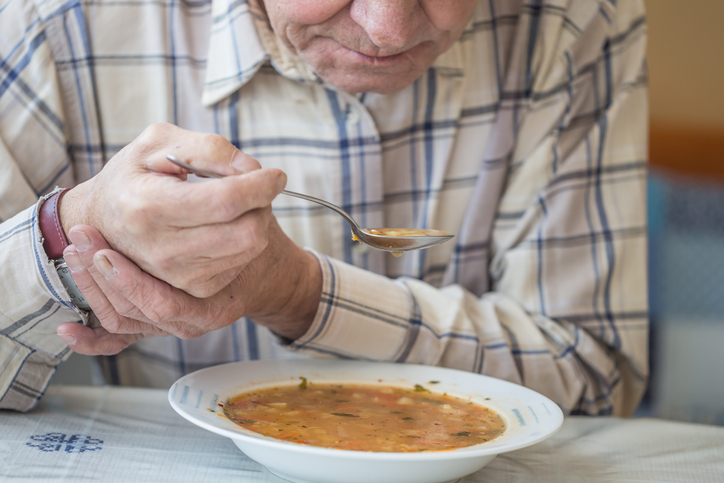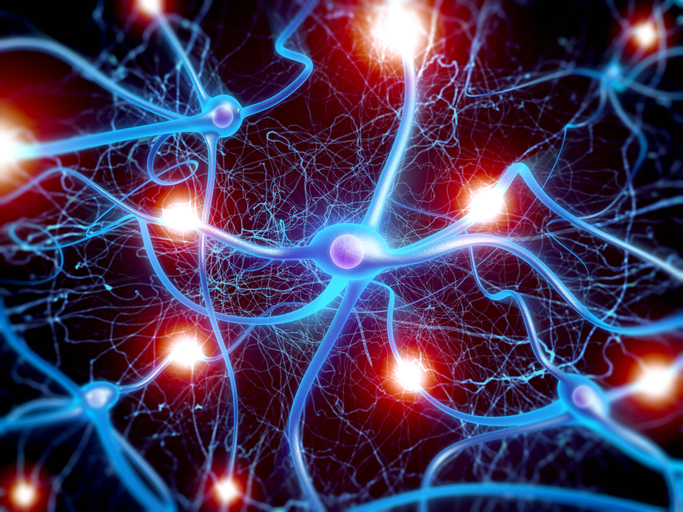Pain
Conventional Medical Treatments for Kennedy Disease

What is Kennedy disease?
Kennedy disease, also known as spinal and bulbar muscular atrophy or Kennedy’s disease, is a slowly progressive neuromuscular condition that affects lower motor neurons (nerve cells located in the brainstem and spinal cord). Lower motor neurons transmit signals to the muscles to produce movement. Kennedy disease involves lower motor neuron degeneration, so this process is disrupted, which causes muscle weakness, wasting, twitching and cramps.
Kennedy disease is caused by a mutation on the X chromosome in the androgen receptor (AR) gene; this mutation results in androgen receptor dysfunction. Androgen receptors respond to signals from male hormones (androgens) and are found throughout the body. Kennedy disease primarily affects males (approximately 1 in 150,000).
Medications
While there is no known cure for Kennedy disease, medications, such as muscle relaxers, botulinum toxin injections, anticholinergics, and analgesics, may be prescribed to manage symptoms.
- Muscle relaxers can help relieve muscle cramping. Oral administration of muscle relaxers is the most common delivery method; however, the muscle relaxer baclofen can also be delivered directly into the spinal fluid via an intrathecal pump.
- Botulinum toxin injections can treat overactive muscles. It can also be injected into salivary glands to manage drooling.
- Anticholinergics, such as scopolamine, can also help reduce drooling.
- Analgesics can be prescribed to treat neuropathy or pain from muscle cramping. Medications that are commonly prescribed include NSAIDs, such as ibuprofen or naproxen; opioids, such as oxycodone or morphine; and lidocaine.
- Antidepressants can help reduce pain perception and help treat depression (if present).
Therapies and devices
In addition to medication, symptoms of Kennedy disease can also be managed with physical and occupational therapy, speech and swallowing therapy, and assistive devices.
- Physical and occupational therapy can help manage symptoms of Kennedy disease. Physical therapy can help slow the progression of muscle weakness and atrophy. Physical therapists can provide stretching and strengthening exercises to maintain or improve muscle strength, muscle flexibility, and range of motion. An occupational therapist can teach an individual how to modify their everyday tasks to suit their physical abilities.
- Speech and swallowing therapy can help maintain facial muscle strength and speech clarity when bulbar muscles are affected. Speech therapists can assist in swallowing rehabilitation. A speech therapist may recommend taking smaller bites, using a straw, eating purées, and using thickeners for thin liquids. They may also make a referral to a nutritionist for additional support. Eventually, a feeding tube may be required if oral intake does not provide adequate nutrition.
- Assistive devices can be prescribed by occupational or physical therapists. Speech synthesizers or mobility devices, such as a cane, braces, walker or wheelchair, may be needed as the disease progresses.



















